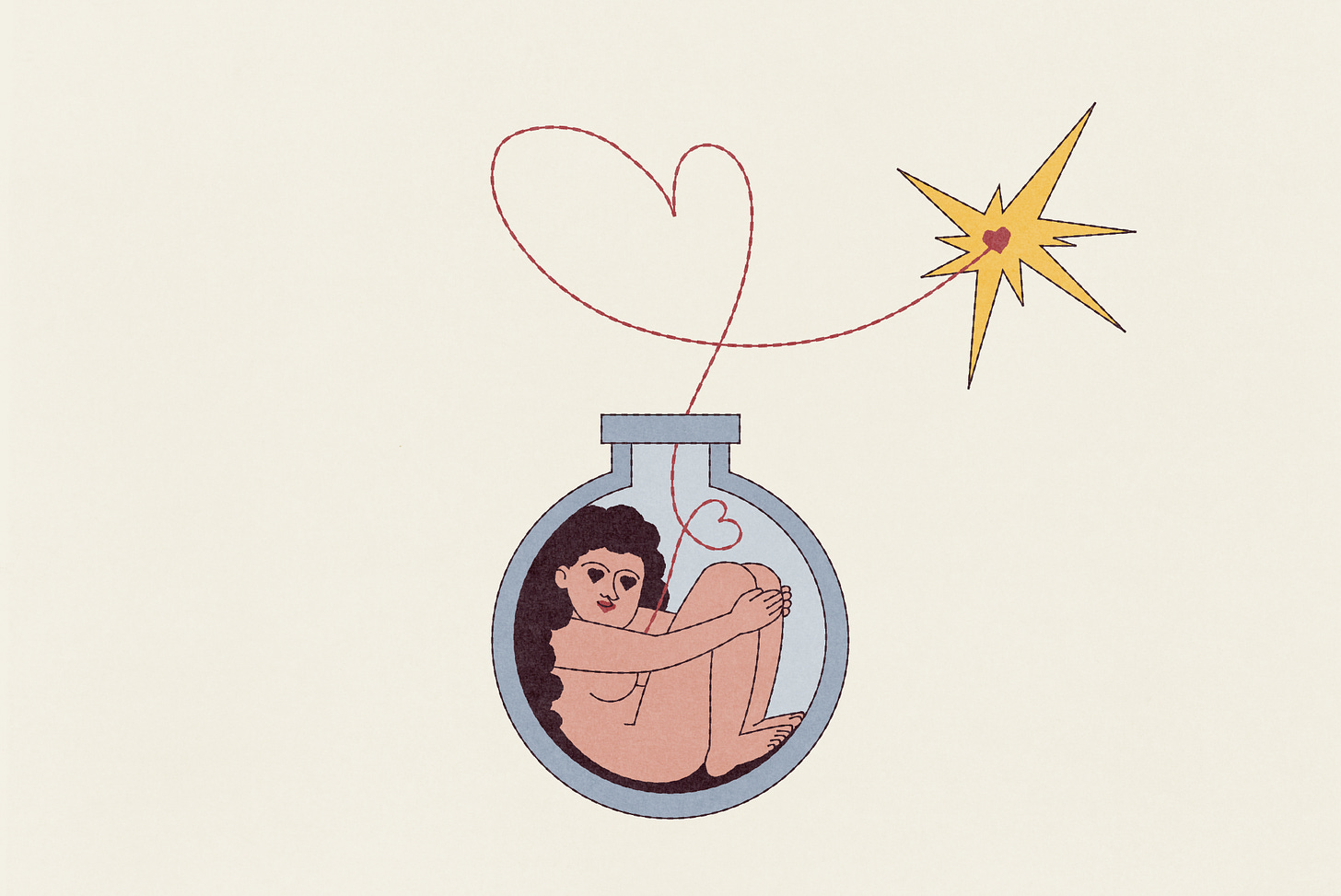The sexy history of love in poetry & how to develop your personal style.
Lesson 1 | Crushing Hard: Defining what makes a love poem "good", cliche mistakes to avoid, and poets gone wild.

This is class 1 of 8 from Shannan Mann’s Forever Workshop “Hot and Heavy: Writing Love & Sex Poems that will Actually Get Published and Have Readers Begging for More”
Chances are, if you’ve come to this workshop, you like love. You think about love, fall in love, fall out of love, roll it up into a little ball l…



